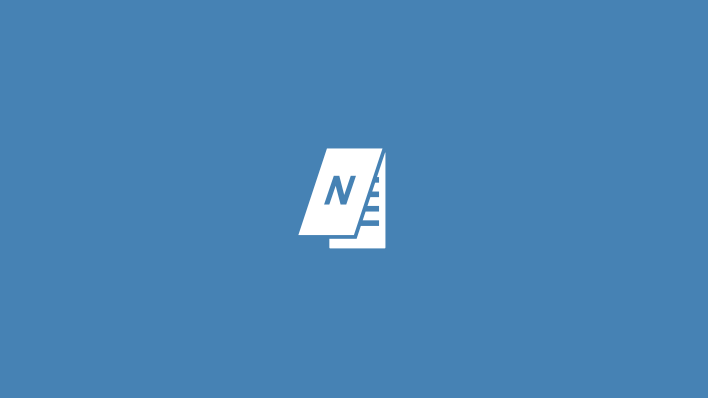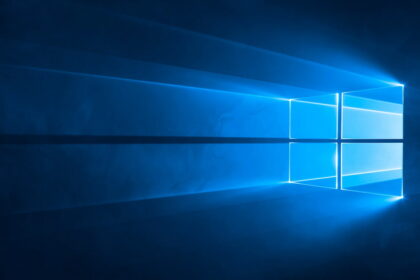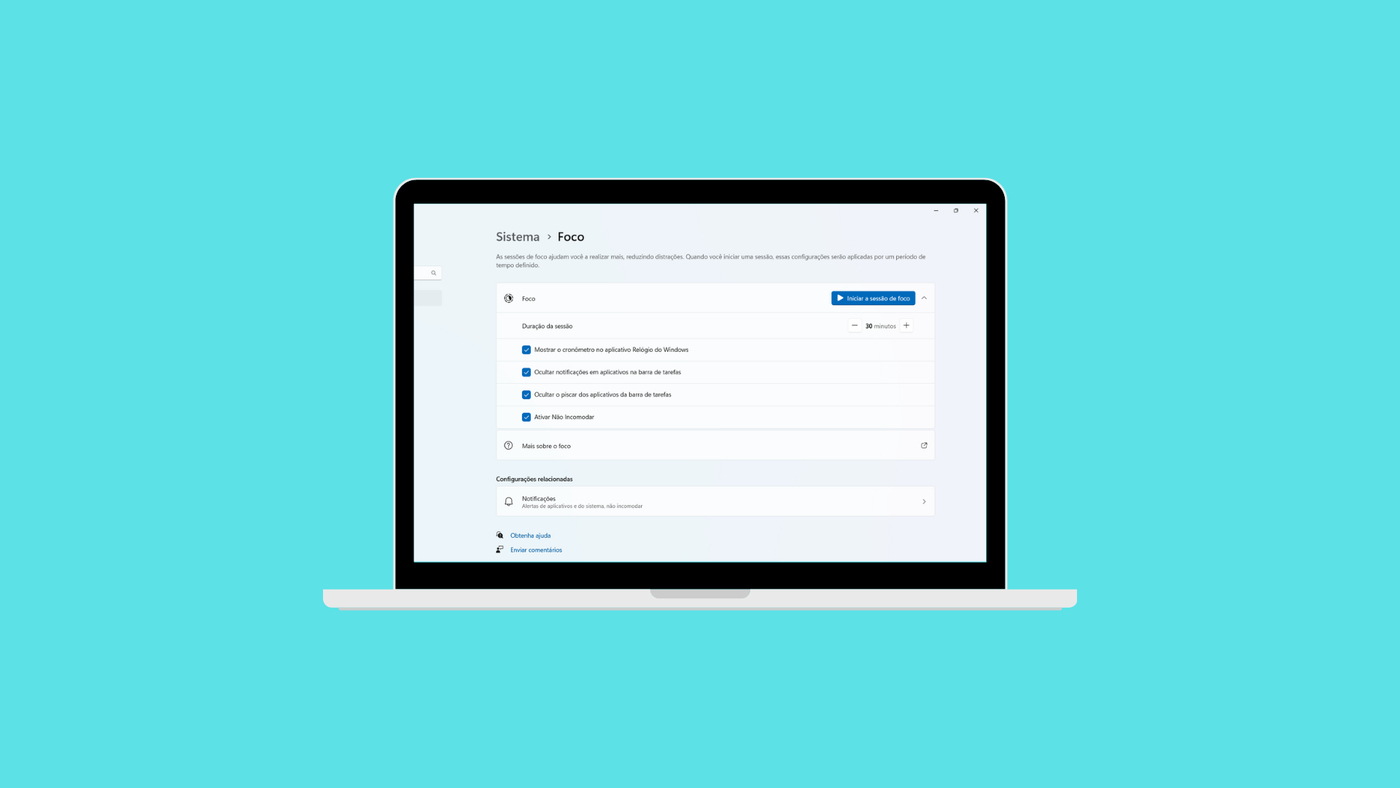Notepad is a popular Windows program that, although it doesn’t have the same features as Word, works as a great editor for notes and other texts. In addition, it has many other very interesting features, such as automatic stamps, unusual text, and page settings, among many others. Check out what they are below.
Interesting Features of Windows Note Editor
6. Read backward
This feature of the note editor, although not at all useful for Portuguese speakers, can guarantee a good dose of fun. Also, if you need to read in another language with an inverted reading sense, you can use the program to decipher the words better. To do so, just open Notepad, right-click on the text field and select the option “Reading direction is right to left”.
5. Change your photos to “ASCII art”

If you want to know what your photos would look like if they were made up of characters, you can use the note editor to preview them. To form the files, it is possible to use a series of programs such as Characterizer.
4. Insert elements like date and time.
In addition to the other functions, it is possible to make a timestamp with the note editor so that you don’t have to type everything on every page of your document. To do so, click “Edit” and “Time/Date.”
3. Create a log of your activities.
If you need to create a document with the exact times of your activities, you can create a log using the note editor. To do so, open the program and type “.LOG” on the first line without quotation marks. Please save the file and close it afterward.
Once this is done, whenever it is opened, the stamp with the date and time will be generated automatically.
2. Select a specific line
If you use Notepad to create or edit programming code, you probably need to go to a specific line to fix a bug. First, go to the “Format” option and uncheck “Automatic line wrapping.” Then, press the “CTRL + G” keys to open a simple dialog box. Finally, type the desired line number and press “Enter.”
1. Add header and footer to your text
As with other text editors, you can use Notepad to add headers and footers to your document.
First, go to the “File” menu and then select the “Page Setup” feature. Then, type what you want to appear on the pages in the “Header” and “Footer” fields. Remember that the configuration only appears at the time of printing.










